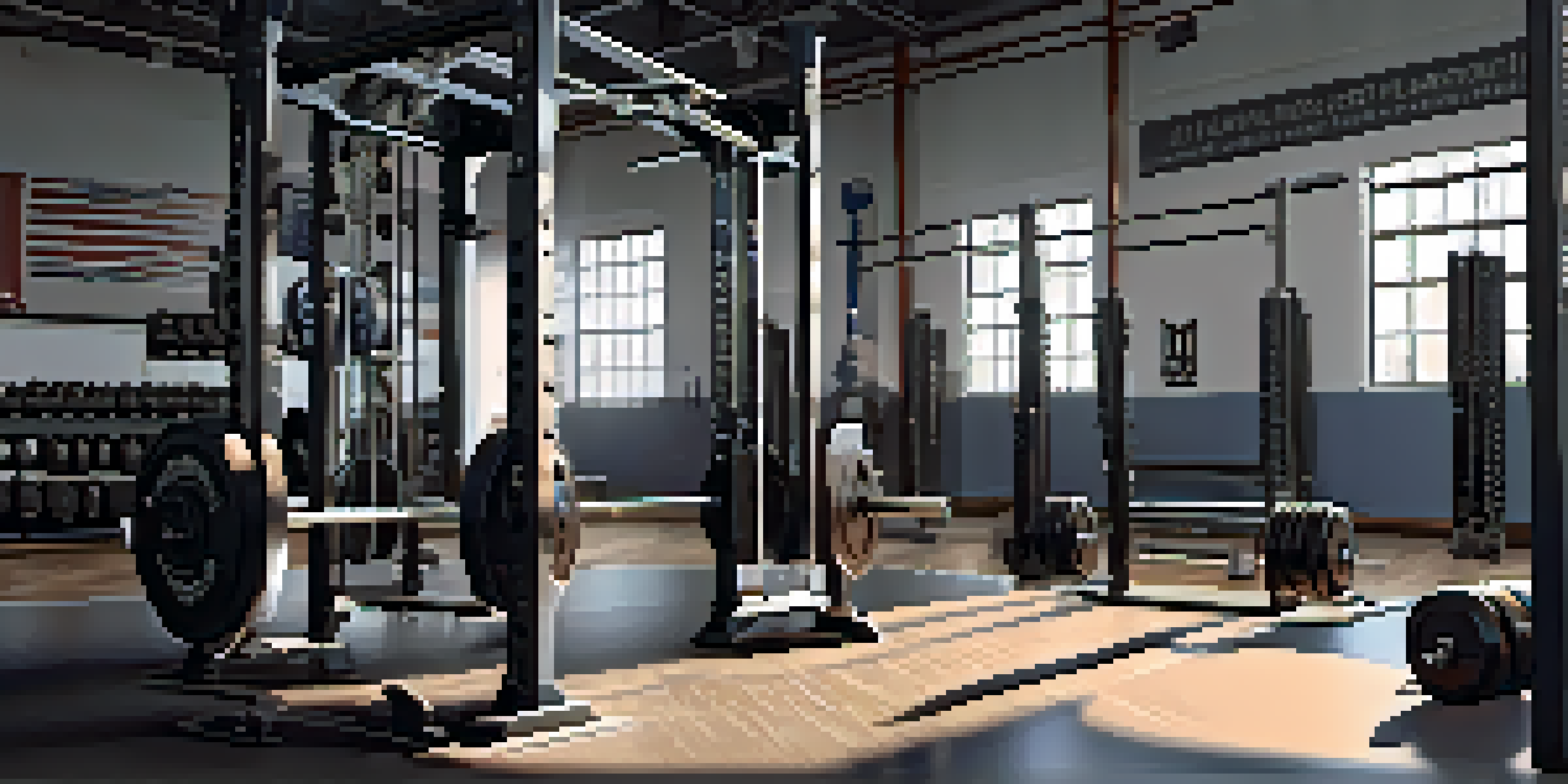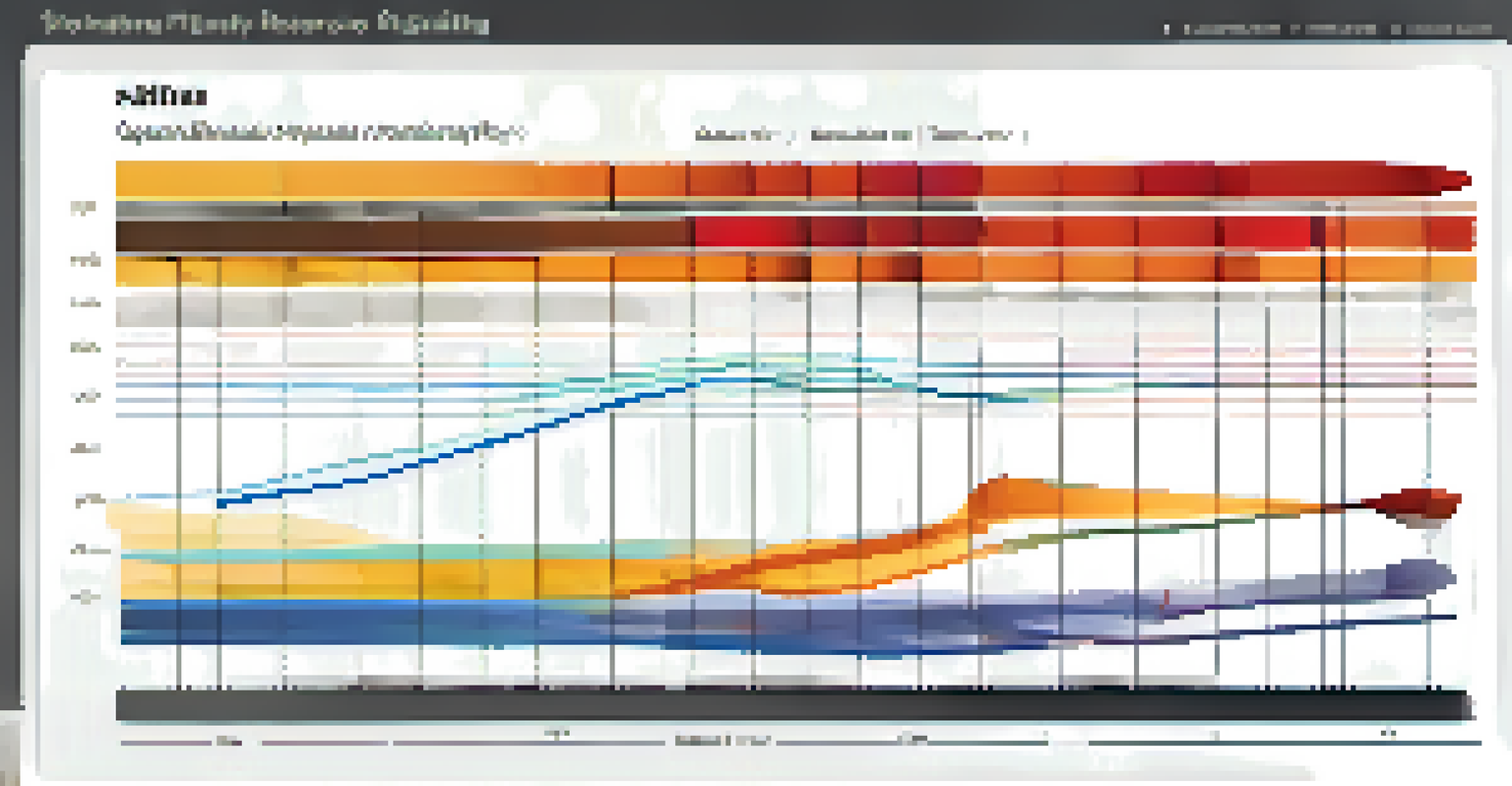Linear vs. Non-Linear Periodization in Powerlifting Explained

What is Periodization in Powerlifting?
Periodization is a training strategy that involves dividing the training year into distinct phases. Each phase focuses on specific goals, such as building strength, power, or endurance. This structured approach helps athletes avoid plateaus and reduces the risk of overtraining, ultimately leading to better performance in competitions.
The difference between a successful person and others is not a lack of strength, not a lack of knowledge, but rather a lack in will.
In powerlifting, where the primary aim is to maximize strength in three lifts—squat, bench press, and deadlift—periodization becomes essential. Athletes can tailor their training cycles to peak at the right time, ensuring they’re at their strongest when it counts the most. Understanding the two main types of periodization—linear and non-linear—can help lifters choose the best approach for their goals.
By breaking down training into manageable phases, athletes can focus on specific adaptations, making it easier to track progress. This method not only keeps training fresh and engaging but also allows lifters to build a solid foundation before tackling heavier weights.
Understanding Linear Periodization
Linear periodization is a straightforward approach where intensity gradually increases over time while volume decreases. Typically, this method starts with higher rep ranges and lighter weights, transitioning to lower rep ranges and heavier weights as the training cycle progresses. For example, a lifter might start with sets of 10 reps at a lighter weight, then move to sets of 5 reps with heavier weights as the competition approaches.

This method is beneficial for beginners and those looking for a clear, structured path to increasing strength. The predictability of linear periodization makes it easy to understand and follow, helping lifters build confidence as they see tangible progress. Additionally, the gradual increase in intensity ensures that athletes can adapt without overwhelming their bodies.
Periodization Enhances Training
Periodization is a structured training strategy that helps athletes focus on specific goals, avoid plateaus, and peak at the right time for competitions.
However, linear periodization may not be as effective for advanced lifters, who might require more variability to continue making gains. As the body adapts to the routine, lifters may find that their progress stalls, necessitating a switch to a more dynamic training approach.
Exploring Non-Linear Periodization
Non-linear periodization, also known as undulating periodization, introduces more variation in training intensity and volume within a shorter time frame. Instead of a gradual increase over weeks or months, this approach allows athletes to alternate between different rep ranges and intensities throughout the week. For instance, a lifter may perform heavy sets one day and lighter sets with higher reps on another day.
Success is the sum of small efforts, repeated day in and day out.
This variability can keep training engaging and challenging, which is particularly beneficial for experienced lifters who may struggle with motivation over long periods. The frequent changes in stimulus can help prevent plateaus by continuously challenging the muscles in different ways. It also allows for better recovery, as lifters can balance heavy and light days to avoid burnout.
However, the complexity of non-linear periodization can be daunting for beginners. Without a solid understanding of how to manage intensity and volume, athletes might inadvertently overtrain or miss out on the benefits of structured progressions.
Key Differences Between Linear and Non-Linear Periodization
The primary difference between linear and non-linear periodization lies in how intensity and volume are structured over time. Linear periodization follows a more predictable path, gradually increasing intensity, while non-linear periodization incorporates frequent changes to keep the body guessing. This fundamental distinction can significantly impact how lifters adapt and progress in their training.
For instance, linear periodization works well for those who thrive on routine and clear objectives, providing a straightforward way to build strength. In contrast, non-linear periodization is ideal for those who need variety to stay engaged and motivated. Lifters who enjoy experimenting with different rep ranges and intensities may find non-linear methods more appealing.
Linear vs Non-Linear Methods
Linear periodization offers a predictable progression for beginners, while non-linear periodization provides variety to keep experienced lifters engaged.
Ultimately, the choice between linear and non-linear periodization depends on individual goals, experience level, and personal preferences. Understanding these key differences allows lifters to tailor their training approach to their unique needs, maximizing their potential.
Choosing the Right Periodization for Your Goals
When deciding which periodization method to use, it’s essential to consider your specific goals and training experience. If you’re new to powerlifting or strength training, linear periodization may be the best starting point, as it provides a clear framework for building strength. Following a structured plan can help beginners develop a solid foundation before introducing more complex techniques.
For more experienced lifters, non-linear periodization can offer the variety needed to break through plateaus and keep workouts fresh. This method encourages athletes to push their limits by varying their training stimulus, which can lead to greater overall gains. The key is to evaluate your current performance level and identify where you may need to adjust your training approach.
Ultimately, the best choice may involve a combination of both methods. Many lifters find that incorporating elements of both linear and non-linear periodization can create a more balanced and effective training program, ensuring they continue to progress toward their goals.
How to Implement Periodization in Your Training
Implementing periodization in your training requires careful planning and consideration of your overall goals. Start by determining the key phases needed for your training cycle, such as building strength, peaking for a competition, or focusing on technique. Once you have a clear understanding of your objectives, you can begin to structure your training accordingly.
For linear periodization, create a timeline that outlines how you will progress in intensity and volume over the weeks or months. For example, you might dedicate several weeks to higher volume work followed by a tapering phase that focuses on lower volume and higher intensity. This clear structure will help you stay on track and monitor your progress.
Tailor Your Approach to Goals
Choosing the right periodization method depends on individual goals and experience, and many lifters benefit from a combination of both linear and non-linear approaches.
Incorporating non-linear periodization may involve designing a weekly schedule that alternates between varying rep ranges and intensities. This flexibility allows you to adjust your training based on how your body feels and your performance on a given day. Regularly reassessing your progress will help you fine-tune your approach and ensure you’re making the most of your training.
Final Thoughts on Periodization in Powerlifting
In conclusion, understanding linear and non-linear periodization can significantly enhance your powerlifting training. By recognizing the strengths and weaknesses of each method, you can tailor your program to align with your goals and experience level. Whether you prefer the structure of linear periodization or the variety of non-linear methods, both approaches can be effective when implemented correctly.
Remember, the ultimate goal of periodization is to optimize your performance while minimizing the risk of injury and burnout. Regularly evaluating your training plan and making adjustments as needed will help you stay on track and motivated. It’s important to listen to your body and be willing to adapt your approach as you progress.

As you dive into the world of powerlifting, keep experimenting with different periodization strategies to find what works best for you. Embrace the journey, stay committed, and watch as you achieve your lifting goals, one rep at a time.